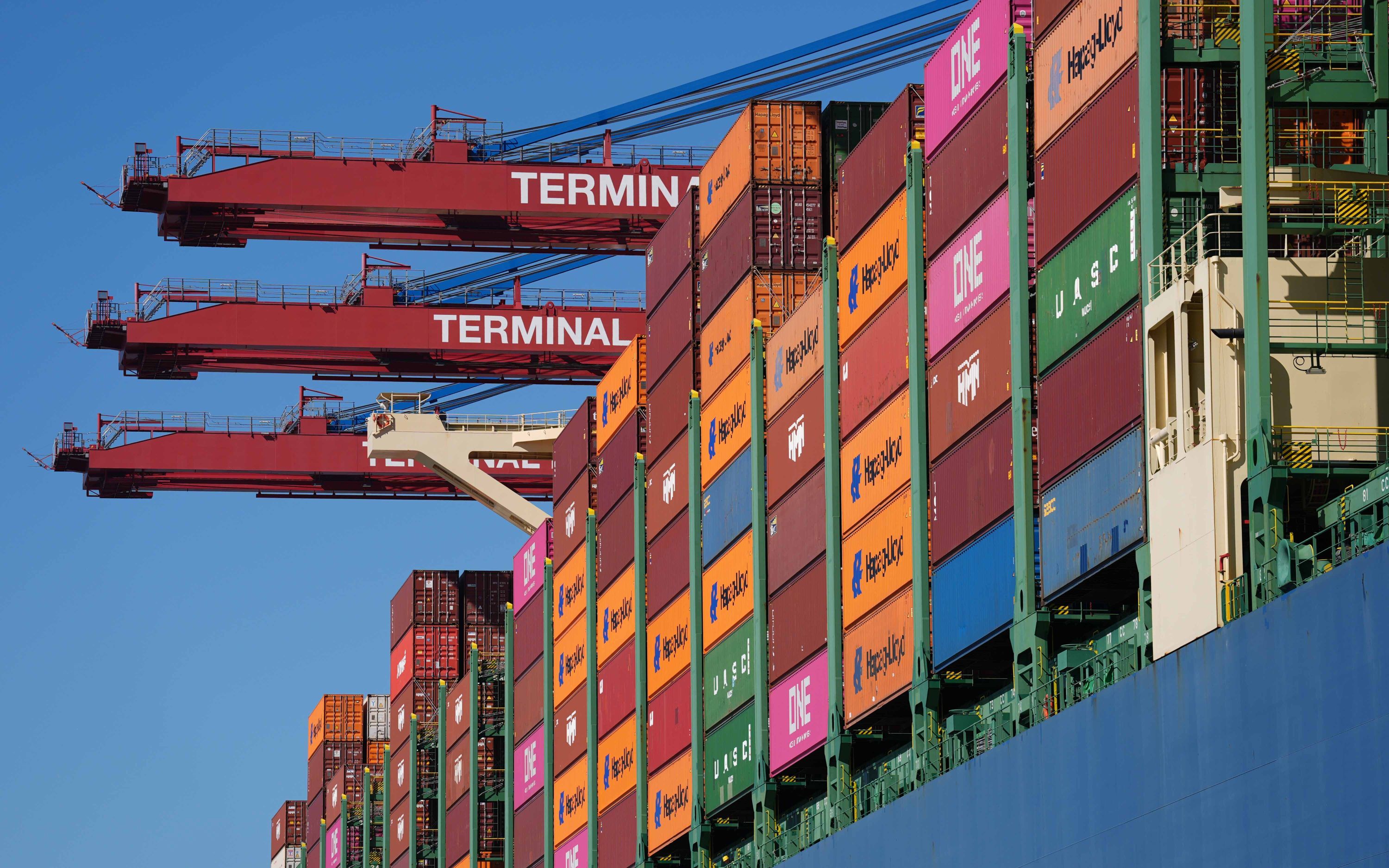The former traffic-light coalition oversaw a steep rise in the number of qualified workers coming to Germany, new figures from the Interior Ministry reveal. Has the skilled worker law really been a resounding success?
When it comes to immigration policy, the primary goal of Germany’s last government can be summed up with one eye-wateringly long German word: die Fachkräfteeinwanderung.
During their three-year tenure, Fachkräfteeinwanderung – or ‘skilled worker immigration’ – was a term that was bandied around at every opportunity, from discussing pension deficits to justifying the new citizenship law.
As one of her flagship projects, outgoing Interior Minister Nancy Faeser brought in the new Skilled Worker Immigration Law: a dizzying package of changes designed to lure the best and brightest into the country. On Tuesday, the minister presented a final verdict, reporting a big uptick in the number of visas issued to skilled workers.
“The figures speak for themselves: we have increased immigration of skilled workers by 77 percent since 2021,” said Faeser. “We are now a country that invests more in integration and is more attractive to talented and qualified labour and skilled workers from all over the world.”
According to the official figures, around 97,000 visas were issued to qualified workers in 2021. By 2024, this figure had risen to 172,000 – an increase of almost 80 percent.
This seems to suggest that the skilled worker law has had a major impact, but the biggest spike in numbers was seen in 2022 – following the end of Covid-19 restrictions. Between 2021 and 2022, skilled worker immigration jumped from 97,000 to 152,000 per year. It then rose more gradually to 158,000 in 2023.
Advertisement
The first phase of the new skilled worker legislation then came into force in November 2023 and continued to be enacted in phases the following year. In this crucial year, the number of skilled workers rose by 14,000.
Back in October – five months after the introduction of the ‘opportunity card’ – The Local reported that less than 600 people per month had applied for Germany’s new points-based visa.
This was a fraction of the 2,500 per month the Interior Ministry had estimated.
READ ALSO: How many skilled workers have applied for Germany’s ‘opportunity card’ visa?
What about international students?
As part of its Skilled Worker Law, the traffic-light coalition also set its sights on wooing international students, for example with relaxed rules for working alongside their studies.
This appears to have had an impact, with the number of student visas issued rising from 63,000 in 2021 to 90,000 in 2024. Between 2023 and 2024, after the introduction of the new skilled immigration act, the number of annual visas jumped by 14,000.
Students at Georg-August University in Göttingen during a politics lecture. Photo: picture alliance/dpa | Swen Pförtner
According to a new report by the German Economic Institute (IW) commissioned by the German Academic Exchange Service (DAAD), each annual cohort of students contributes tens of millions to the German economy over the course of their lifetime.
This is largely because around 45 percent of international students choose to stay in Germany long-term, ultimately paying back the country’s initial educational investment in taxes and and duties.
READ ALSO: Everything that changes for international students in Germany in 2025
What does the future hold?
Though CDU leader and likely future Chancellor Friedrich Merz has pledged a tough stance on immigration, his party still wants to encourage skilled labour into the country.
“We want to remain an immigration-friendly country and make qualified immigration into our labour market more attractive,” the CDU/CSU and SPD state in a recent exploratory paper.
According to official estimates, Germany needs around 400,000 working-age immigrants a year to fill jobs in crucial industries and support its social system. Despite the recent changes, it is still far off achieving these numbers.
READ ALSO: The German industries that would fall apart without immigration
Advertisement
As part of its Skilled Worker Law, the government lowered salary thresholds and other conditions for qualified immigrants, expanded family reunification and made it easier for workers to move to Germany for the purposes of finding a job.
This was intended to expand the pool of people able and willing to move to the country.
However, critics say that the law has failed to solve the slow bureaucracy and other barriers that make up the biggest hurdles for foreigners wanting to come to Germany.

Two Blue Cards for foreign skilled workers are on a table at the Federal Office for Migration and Refugees in Bavaria. Photo: picture alliance/dpa | Daniel Karmann
Nevertheless, recent changes like the introduction of the online visa application portal for non-EU nationals could go a long way to speeding up immigration processes. Several German states, including Berlin, have also been digitalising their systems recently.
READ ALSO: What is Germany’s new online visa portal and how can I use it?
Advertisement
All of this – along with a potential ‘brain drain’ under Donald Trump in the USA – could be beneficial to Germany in the coming years. Setting their sights on economic growth, Merz and his colleagues will certainly be hoping this is the case.
“Germany is a country of immigration – and must remain so,” Faeser said. “This is crucial for the future viability of Germany.”



















Discussion about this post